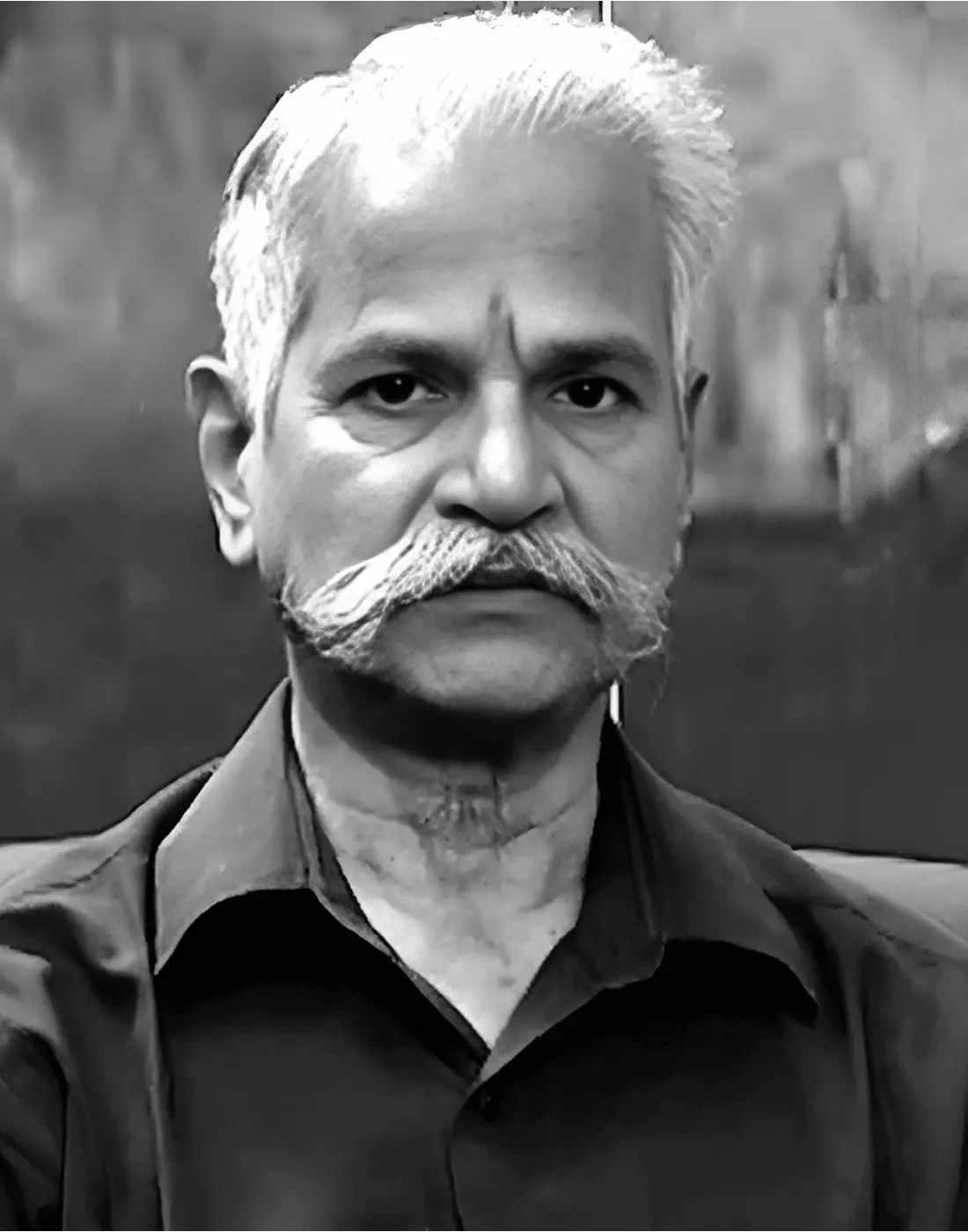Research > Researchers > Mr. S. Ramachandran
Mr. S. Ramachandran
Mr. S. Ramachandran was born to Mr. Srinivasan, a veterinarian, and Mrs. Seethalakshmi Ammaiyar (Papukutty) in 1953.

S. Ramachandran
He earned a Master’s degree in Tamil from Madras State College and a Postgraduate degree in Epigraphic Archaeology from the Epigraphic Training Institute of the Tamil Nadu Government Archaeological Department. Since 1978, he has served as a curator for various archaeological sites, including Tharangambadi, Thanjavur, Gangaikonda Cholapuram, Courtallam, and Korkai, under the Tamil Nadu Government Archaeological Department. Additionally, he completed an orientation course at the National Research Laboratory for Conservation of Cultural Property, Lucknow, where he received specialized training in the conservation of museum artifacts.
While serving as a curator at the Danish Fort Excavation Museum in Tharangambadi, he curated a collection of over a hundred Danish Tamil documents, a variety of Danish-Tamil coins, and the anchor of a sunken Danish ship recovered during the excavation. He demonstrated expertise in handling European documents for research. Additionally, he played an active role in organizing the Thanjavur Maratha Palace Excavation Museum and in the collection of artifacts. He collected valuable artifacts for the government, including Thanjavur Maratha style paintings and family inscriptions of Tapir Pandit, which were witnessed and signed by the Shankaracharya from Kumbakonam. While serving as the curator of excavations in Korkai, Thoothukudi district, he discovered over fifty Neolithic cultural sites.
Mr. Ramachandran is a life member of the Epigraphic Society of India, the Place Names Society of India, and the South Indian Numismatic Society. He has conducted extensive research both independently and in collaboration with historian Nellai Nedumaran. His work includes the discovery and interpretation of over a hundred inscriptions and copper plates, which he has documented in numerous research articles. Many of his articles have been published in the journals of esteemed research institutions such as the Department of Archaeology, the International Institute of Tamil Studies, and the Rajamanickanar Institute of Historical Research. He also established a private research institution called SISHRI (South Indian Social History Research Institute) in Chennai.